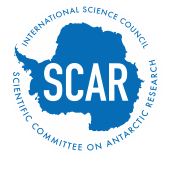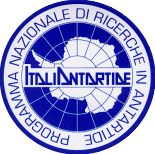|
Name ID: 355
Place ID: 12578
That portion of the coast of Wilkes Land between Cape Waldron (in about 115 degrees 05' E) and Cape Southard (in about 122 degrees 04' E). John Balleny is reported to have sighted land in about longitude 117 degrees E on 3 March, 1839. BANZARE, under Sir Douglas Mawson, reported an appearance of land about one degree further south than that reported by Balleny. Mawson retained the name Sabrina, after one of Balleny's ships which was lost in a storm in late March, 1839.
|
|
Name ID: 131098
Place ID: 12578
That portion of the coast of Wilkes Land, Antarctica, lying between Cape Waldron, in 11533E, and Cape Southard, in 12205E. John Balleny has long been credited with having seen land in March 1839 in about 117E. The USEE under Lt. Charles Wilkes approached this coast in February 1840 and indicated its general configuration as shown in part by "Totten High Land" on his 1840 chart. In 1931 the BANZARE under Douglas Mawson saw what appeared to be land in this longitude about one degree farther south than that reported by Balleny and Wilkes. In recognition of Balleny's effort, Mawson retained the name of the cutter in 95E in the latter part of March 1839.
|

